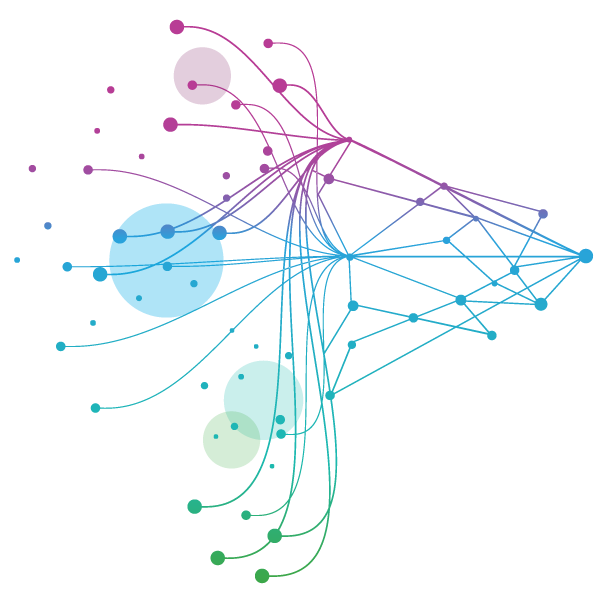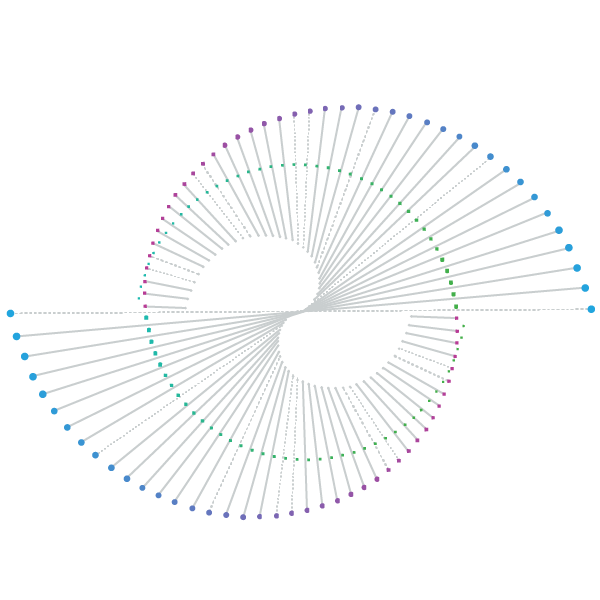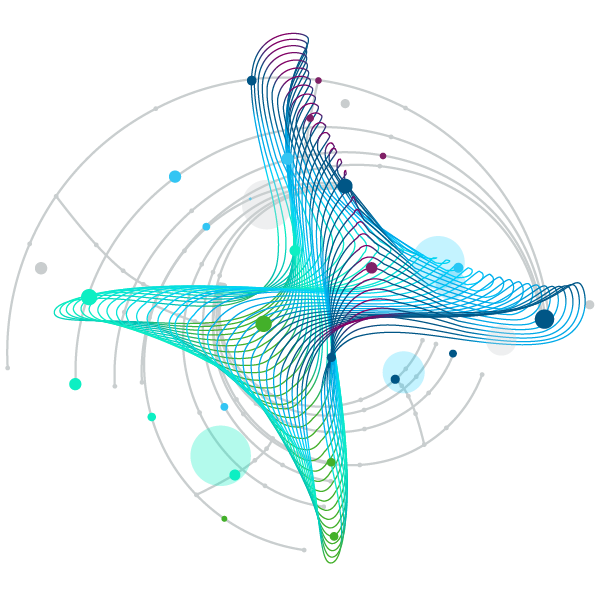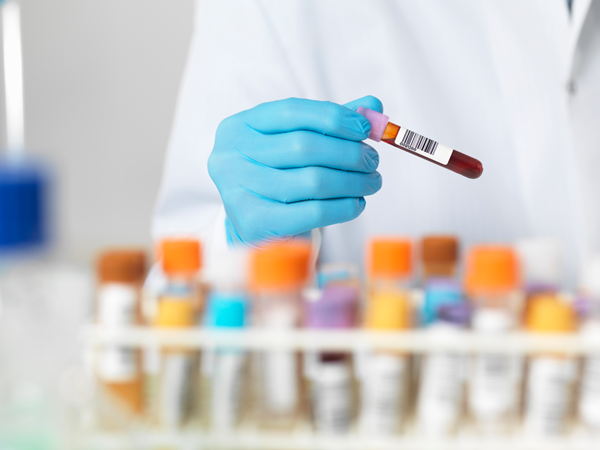Forging a path for MedTech Innovation.






















- Blogs
- Navigating the Future of In Vitro Diagnostics
The In Vitro Diagnostics (IVD) market is undergoing significant transformation, driven by technological advancements, shifting market dynamics, and evolving regulatory landscapes. As we navigate through 2024, the IVD sector continues to rebound from the disruptions caused by the COVID-19 pandemic, with a notable 6% growth in 2023, a clear sign of recovery and expansion.
This growth was fueled by improvements in capital purchasing, the expansion of assay menus, automation solutions, and the broadening of care settings to include pharmacy channels and at-home testing. Despite a decline in COVID-19 related sales, the core IVD market remains robust, with significant gains in core lab and Point-of-Care (POC) segments.
Regional Dynamics and Market Leaders
Regionally, the market dynamics are varied. While all regions experienced declines due to reduced COVID-19 sales, the underlying business for many players showed positive trends. Emerging markets are poised for growth, driven by a large, underpenetrated patient base, increased diagnosis rates, and heightened awareness.
Leading companies such as Roche, Mindray, and Sysmex experienced the highest percentage across key core laboratory markets. These companies along with other major players such as Siemens, Abbott, BioMerieux and others are setting the pace in the industry, demonstrating the importance of innovation and strategic market positioning.
Future Drivers and Challenges
Looking ahead, several factors will drive the IVD market. Increased regulation, such as FDA/IVDR, favors multinational corporations with substantial resources and experience. The shift towards POC testing and the expansion of precision medicine beyond oncology to other high-burden areas are expected to be significant growth drivers. Additionally, digital pathology, IT, and AI solutions are anticipated to enhance diagnostic efficiency and accuracy.
However, the industry faces several challenges. Navigating the complex regulatory landscape requires substantial resources and expertise, posing a significant barrier for smaller companies. The competitive nature of the market, with major players continuously expanding their product portfolios and technological capabilities, could lead to market saturation. Integrating advanced technologies such as AI and digital diagnostics into existing workflows also presents challenges, particularly in ensuring interoperability and data security.

Key Action Points for the MedTech Industry
- Invest in Innovation: Continuous investment in R&D is crucial to stay competitive. Focus on developing innovative solutions that address unmet clinical needs and improve diagnostic accuracy and efficiency.
- Enhance Regulatory Expertise: Build robust regulatory teams and leverage external expertise to navigate the complex regulatory landscape. Stay updated with regulatory changes and proactively engage with regulatory bodies to mitigate compliance risks.
- Expand Market Reach: Target emerging markets with tailored strategies to unlock significant growth opportunities. Invest in market education and awareness campaigns to drive adoption of IVD solutions in these regions.
- Leverage Digital and AI Technologies: Embrace digital transformation by integrating AI and machine learning into diagnostic processes. These technologies can enhance diagnostic accuracy, streamline workflows, and provide valuable insights for personalized medicine.
- Collaborate and Partner: Form strategic partnerships with other industry players, academic institutions, and technology providers to foster innovation and expand market reach. Collaborative efforts can accelerate the development and commercialization of new IVD solutions.
The IVD market is poised for continued growth, driven by technological advancements, and increasing healthcare demands. By addressing regulatory challenges, investing in innovation, and leveraging digital technologies, the MedTech industry can navigate the evolving landscape and continue to deliver impactful diagnostic solutions.
To go deeper on the future of the IVD market, join industry experts on October 24, 2024, for our Global IVD Market Review Webinar. Register Now!





